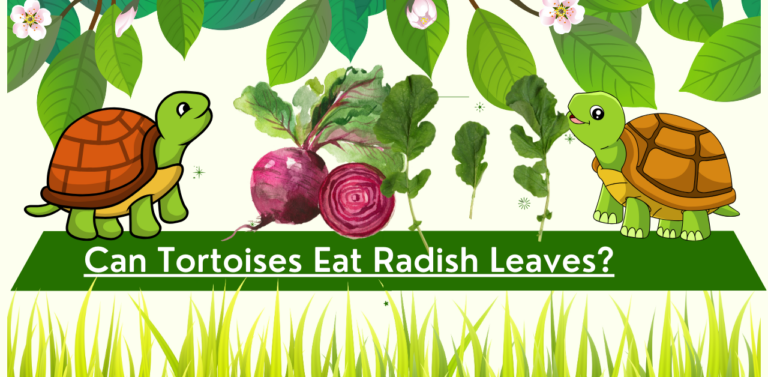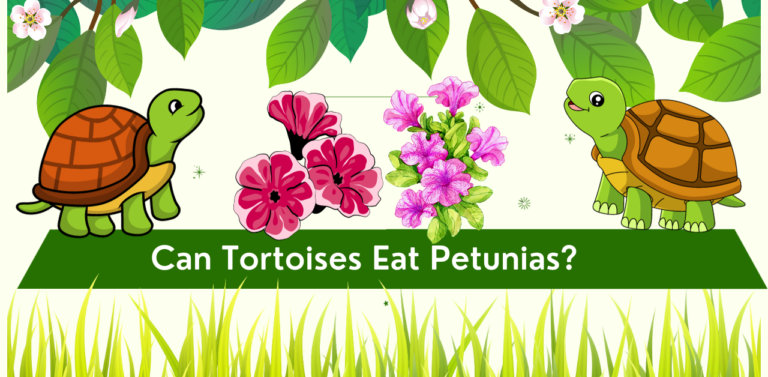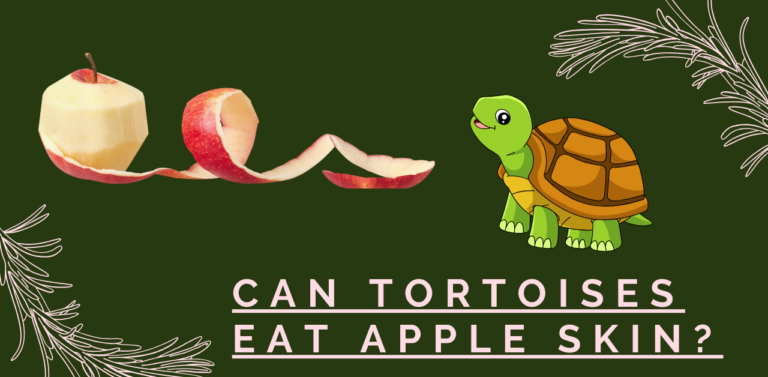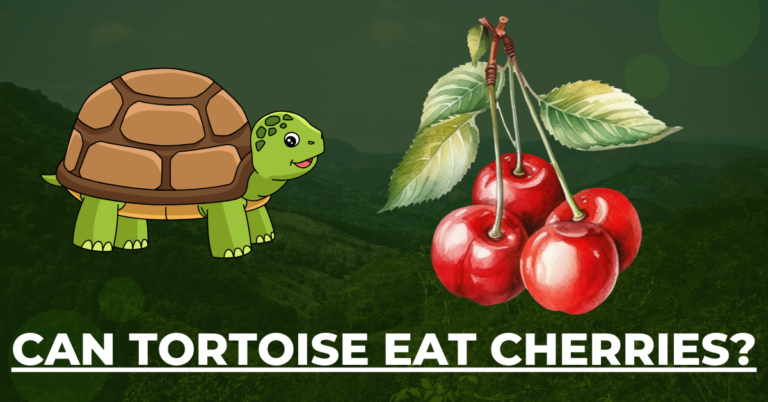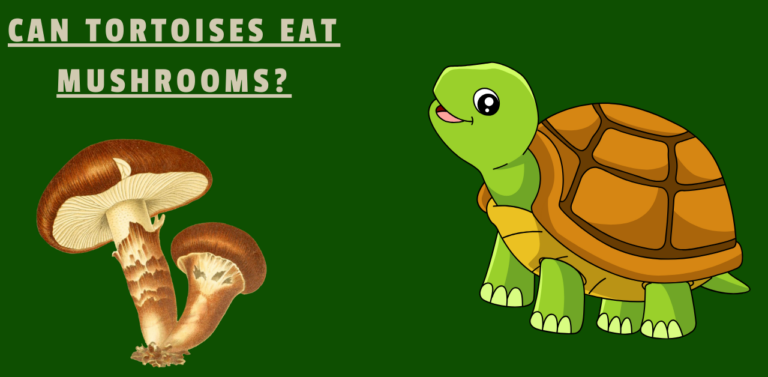Introduction
Tortoises, with their ancient charm and deliberate pace, have captivated the fascination of both seasoned herpetologists and novice pet enthusiasts. These remarkable reptiles are known for their distinctive hard shells and tranquil demeanour, making them cherished pets in households worldwide. However, caring for a tortoise comes with a responsibility to understand their unique dietary requirements. One common question that arises in the realm of tortoise care is whether they can partake in one of the most common vegetables found in our refrigerators – iceberg lettuce.
In this article, we will delve into the intriguing world of tortoise nutrition and explore the safety and suitability of feeding them iceberg lettuce. While the answer to whether tortoises can eat iceberg lettuce may appear straightforward, the nuances of their dietary needs reveal a more complex tale. Join us as we embark on a journey to decipher the nutritional landscape of these gentle giants and uncover the best practices for ensuring their well-being through a well-balanced diet.
A Nutritional Perspective
A Dietary Viewpoint Turtles, known for their hard shells and slow-paced way of life, are intriguing animals. As animal people or turtle devotees, understanding their dietary necessities is pivotal for their well-being and life span. A typical inquiry that emerges is: Can turtles eat ice-shelf lettuce?
The Simple Answer
Yes, tortoises can eat iceberg lettuce, but it’s not the best choice. Iceberg lettuce is safe for tortoises in the sense that it’s not toxic or harmful to them. However, when it comes to nutrition, iceberg lettuce is akin to giving them crunchy water.
Why Iceberg Lettuce Falls Short
Iceberg lettuce contains a high water content, but it’s significantly low in the essential nutrients that tortoises need. These nutrients include:
- Calcium: Crucial for shell health and overall bone strength.
- Fiber: Important for digestive health.
- Vitamins and Minerals: Especially Vitamin A, which is fundamental for good eye well-being and invulnerable capability.
Iceberg lettuce lacks these vital nutrients, making it a poor dietary choice for tortoises.
The Risk of Nutritional Imbalance
Feeding tortoises a diet high in iceberg lettuce can lead to nutritional deficiencies. These deficiencies can manifest in various health problems, including shell deformities, weak bones, and digestive issues.
Better Dietary Options
For a healthier diet, consider these alternatives:
- Dandelion Greens: Rich in calcium and vitamins.
- Kale and Collard Greens: High in fibre and essential nutrients.
- Carrots and Squash: Provide vitamins and add variety.
- Calcium Supplements: Sometimes necessary to ensure adequate intake.
Moderation is Key
While iceberg lettuce can be given as an occasional treat, it should never be the mainstay of a tortoise’s diet. Balancing their diet with nutrient-rich foods ensures they receive all the necessary components for a healthy life.
Consult a Veterinarian
Always consult with a veterinarian or a reptile nutrition expert when making significant changes to your tortoise’s diet. They can give customized guidance in view of the particular species and well-being needs of your turtle.
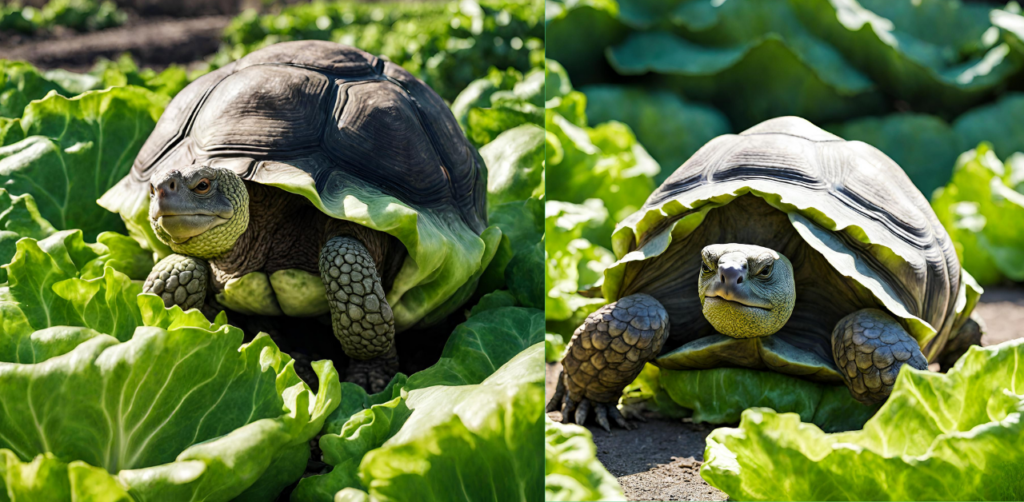
Can Russian Tortoises Eat Iceberg Lettuce?
Russian turtles can eat icy mass lettuce. However, it isn’t suggested as a critical piece of their eating regimen. Ice sheet lettuce is extremely low in health benefits and doesn’t give the vital supplements that a Russian turtle requires. It is mostly water and lacks the vitamins and minerals needed for a healthy tortoise diet.
Instead, it’s better to feed Russian tortoises a variety of leafy greens that are higher in nutritional value, such as dandelion greens, mustard greens, and turnip greens. These provide more vitamins and minerals, especially calcium, which is crucial for their shell and bone health. Occasionally, you can also include other vegetables and fruits for variety, but always in moderation and as part of a balanced diet.
It’s crucial to research and give an eating routine that meets the particular nourishing necessities of Russian turtles to guarantee their general well-being and prosperity.
Can Sulcata Tortoises Eat Iceberg Lettuce?
Sulcata tortoises, like Russian tortoises, can technically eat iceberg lettuce, but it’s not recommended as a significant part of their diet. Ice-shelf lettuce is low in dietary benefits and doesn’t give the fundamental supplements that a Sulcata turtle needs. It is mostly water and lacks sufficient vitamins, minerals, and fibre.
Sulcata tortoises thrive on a diet primarily composed of grasses and hay, which are high in fibre and help maintain their digestive health. They can likewise be taken care of by different salad greens that are more healthfully thick than chunks of ice lettuce, for example, collard greens, mustard greens, and dandelion greens. These provide more essential nutrients and are better suited for their dietary needs.
It’s important to limit the amount of fruit and certain vegetables in their diet, as Sulcatas are prone to obesity and other health issues if fed a diet too rich in sugars and low in fibre. A proper diet for a Sulcata tortoise should mimic what they would eat in their natural habitat, focusing on high-fiber, low-sugar foods.
Continuously research and talk with a veterinarian or a reptile nourishment expert to guarantee you are giving a fair and suitable eating routine for your Sulcata turtle.
Can Hermann Tortoises Eat Iceberg Lettuce?
Hermann turtles can eat ice-shelf lettuce; however, like other turtle species, it ought not to be a significant part of their eating routine. Iceberg lettuce is very low in nutritional value, lacking the essential vitamins, minerals, and fibre that Hermann tortoises need for good health.
A more appropriate diet for Hermann tortoises includes a variety of leafy greens and vegetables that are richer in nutrients. Great choices are dandelion greens, collard greens, mustard greens, kale, and turnip greens. These give calcium, which is significant for their shell and bone well-being, as well as other significant nutrients and minerals.
It’s also beneficial to include a small amount of other vegetables and occasionally fruits, but these should be given in moderation. Variety is key in ensuring a balanced diet. Food varieties are high in oxalates and goitrogens ought to be restricted as they can slow down calcium retention and thyroid function.
Always ensure that the diet mimics what Hermann tortoises would eat in their natural environment, focusing on leafy greens and vegetables with occasional fruits. For specific dietary needs and advice, consulting with a veterinarian or a reptile nutrition specialist is always recommended.
Can Leopard Tortoises Eat Iceberg Lettuce?
Leopard tortoises, like other tortoise species, can technically eat iceberg lettuce, but it’s not recommended as a substantial part of their diet. Iceberg lettuce is very low in nutritional value; it’s primary water and lacks the essential vitamins, minerals, and fibre that leopard tortoises need for optimal health.
Leopard turtles require an eating regimen that is high in fibre and calcium but low in sugar and protein. Their diet should primarily consist of various grasses and hay, along with leafy greens that are more nutritious than iceberg lettuce. Great decisions incorporate dandelion greens, mustard greens, collard greens, and turnip greens. These provide necessary nutrients and help maintain healthy shell and bone development.
It’s also important to provide a variety of other vegetables, with fruits given only sparingly due to their high sugar content. Foods high in oxalates should be avoided or limited, as they can bind to calcium and prevent its absorption, which is crucial for tortoises.
Continuously talk with a veterinarian or a reptile nourishment expert to guarantee you are giving a decent and animal types proper eating routine for your leopard turtle. Proper diet and nutrition are critical for their health and longevity.
Can Redfoot Tortoises Eat Iceberg Lettuce?
Redfoot turtles can eat ice sheet lettuce. However, it ought not to be a significant piece of their eating regimen. Iceberg lettuce is low in nutritional value, mostly water, and lacks the essential vitamins, minerals, and fibre that Redfoot tortoises require for optimal health.
Redfoot turtles have a more changed diet compared to other turtle species. They benefit from a blend of mixed greens, vegetables, natural products, and, surprisingly, a modest quantity of creature protein. However, for leafy greens, it’s better to choose those with higher nutritional value than iceberg lettuce. Options like dandelion greens, mustard greens, collard greens, and turnip greens are more suitable as they are richer in nutrients, particularly calcium and vitamins.
Natural products can be remembered for their eating regimen yet, they ought to be given with some restraint because of their sugar content. As for animal protein, occasional offerings of cooked egg, low-fat meat, or worms can be provided, but this should be a very small portion of their diet.
It’s crucial to maintain a balanced diet for Redfoot tortoises, focusing on the variety and nutritional value of the foods offered. Talking with a veterinarian or a reptile sustenance master is constantly prescribed to guarantee that the particular dietary requirements of your Redfoot turtle are met.
Conclusion: Can Tortoises Eat Iceberg Lettuce?
In conclusion, while tortoises can eat iceberg lettuce, it’s not nutritionally beneficial for them. Focusing on a varied and nutrient-dense diet is the key to maintaining the health and well-being of these remarkable creatures.
FAQs: Can Tortoises Eat Iceberg Lettuce?
Iceberg lettuce is mostly water and lacks essential nutrients. Tortoises require a diet rich in calcium, fiber, and vitamins, which iceberg lettuce does not adequately provide.
Dark, leafy greens such as dandelion greens, collard greens, mustard greens, and kale are much better choices. These provide more calcium, fiber, and vitamins essential for a tortoise’s health.
It’s okay to occasionally include small amounts of iceberg lettuce in a tortoise’s diet as a treat or to add variety, but it should not be a staple food.
While not directly harmful, regularly feeding iceberg lettuce can lead to nutritional deficiencies over time due to its low nutrient content.
A tortoise’s diet should primarily consist of a variety of leafy greens, grasses, and some vegetables. The exact diet depends on the species of tortoise.


